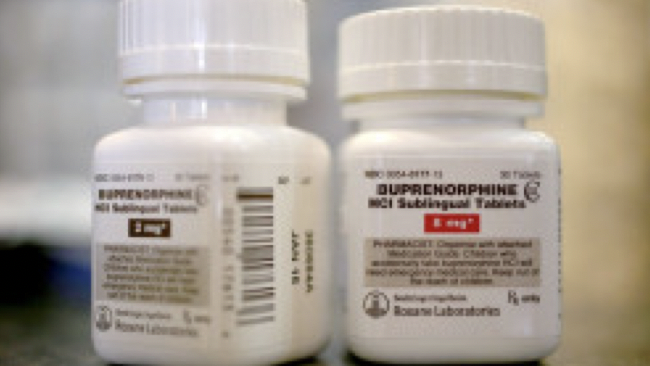Home > ASME Articles > Effects of Acceptability and Accessibility on Buprenorphine-Naloxone Treatment Utilization
 People with opioid use disorder who adhere to treatment with medications (methadone, buprenorphine, e.g.), have lower mortality, less opioid use, less HIV risk, and more positive outcomes overall.
People with opioid use disorder who adhere to treatment with medications (methadone, buprenorphine, e.g.), have lower mortality, less opioid use, less HIV risk, and more positive outcomes overall.
Nationwide efforts to expand access to medications for OUD, particularly buprenorphine, are ongoing. One challenge has been that many individuals with OUD who receive buprenorphine do not adhere to treatment long enough to achieve sustained benefits.
This study aimed to identify factors associated with buprenorphine treatment use over time, using data from the NIDA Clinical Trials Network START trial (“Starting Treatment with Agonist Replacement Therapy,” CTN-0050), a phase IV, post-marketing study designed to examine the effects of buprenorphine and methadone on liver health in people with OUD.
Two potential barriers to use of buprenorphine treatment were examined:
Approximately 9.3-11.2% of participants were treatment with buprenorphine over the 2 years of follow-up. Participants who perceived buprenorphine to be both accessible and acceptable were most likely to use buprenorphine during follow-up, controlling for other factors.
In contrast, people who perceived buprenorphine to be unacceptable were least likely to use it, regardless of the level of perceived access to the medication.
Use of buprenorphine for OUD treatment was also negatively associated with Hispanic ethnicity, greater addiction severity, living on the West Coast relative to the East Coast, and cumulative months receiving methadone treatment and incarceration during follow-up.
Conclusions: The focus to date in terms of expanding treatment with buprenorphine has largely been on improving access to the medication. To engage more individuals with OUD in long-term treatment with buprenorphine, however, individuals should also target buprenorphine treatment acceptability, as well as tailor their efforts to meet the needs of vulnerable populations.
Citation: Evans EA, et al. Effects of access barriers and medication acceptability on buprenorphine-naloxone treatment utilization over 2 years: Results from a multisite randomized trial of adults with opioid use disorder. Journal of Substance Abuse Treatment 2019;106:19-28.